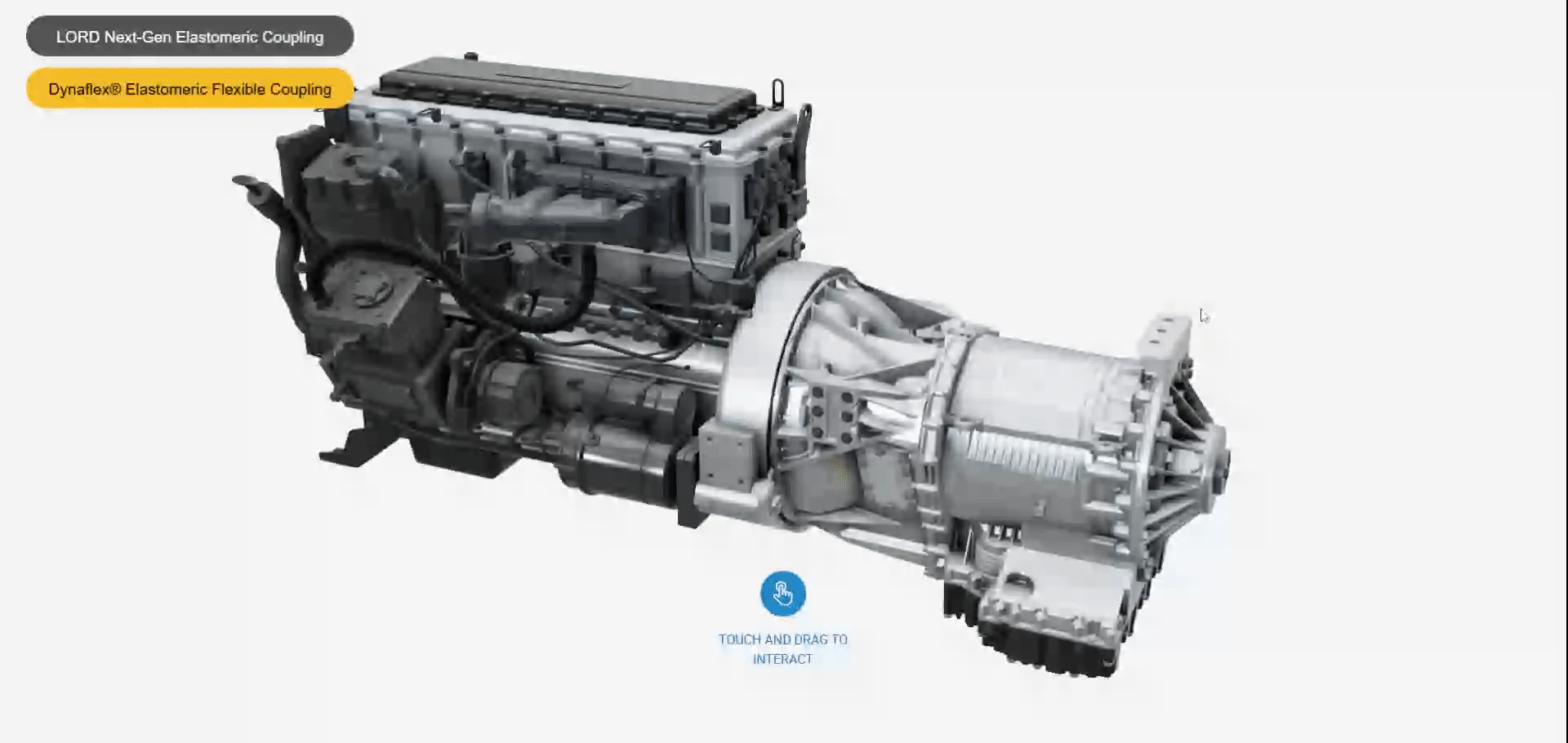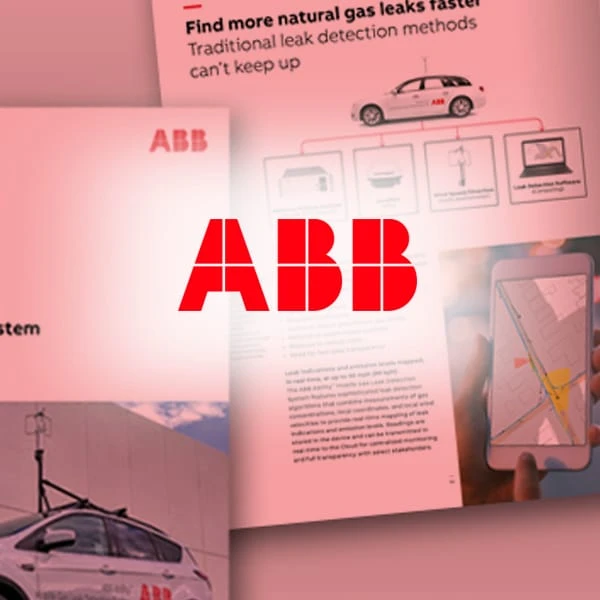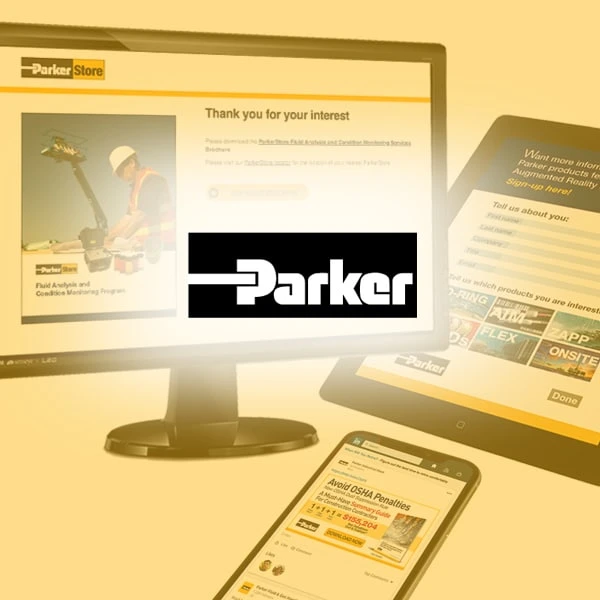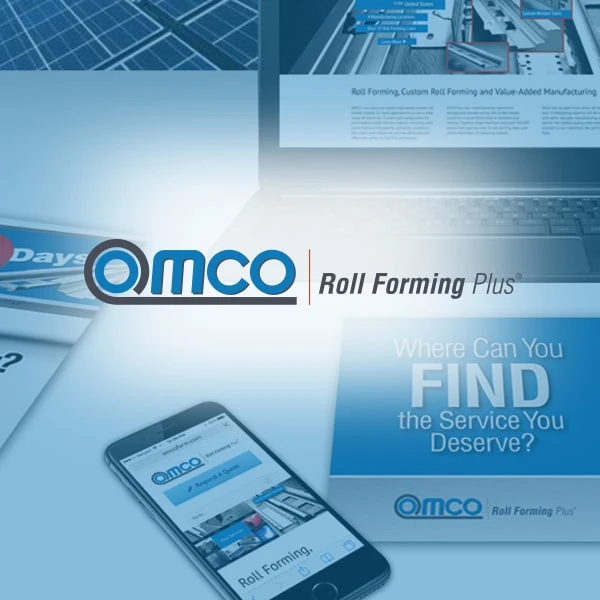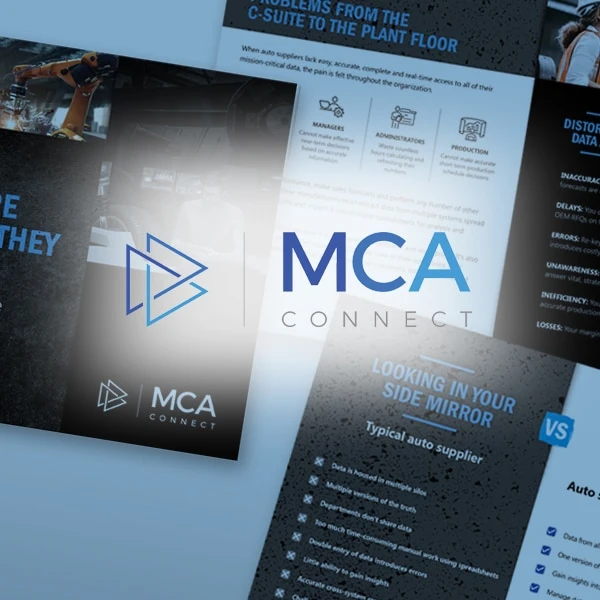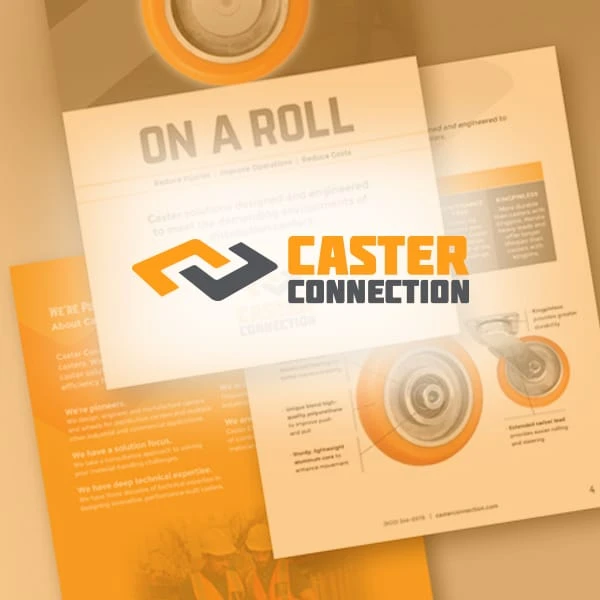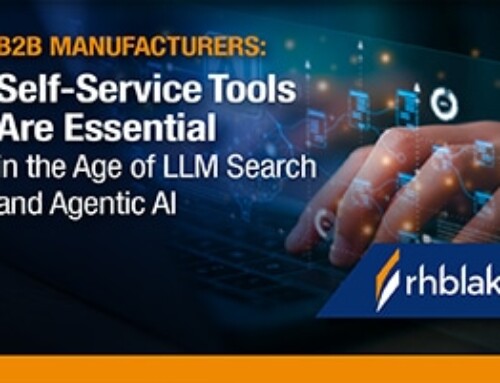Why B2B Manufacturers Must Optimize their Digital Storefronts for Self-Service
In the world of B2B manufacturing, the sales process has fundamentally changed. Your buyers are more informed, more independent, and more digitally savvy than ever before. Before they even think about picking up the phone or filling out a contact form, they conduct a significant portion of their research on their own. This means your website—your digital storefront—is no longer just a brochure. It must function as an active, helpful and knowledgeable member of your sales team, available 24/7.
To win in this new reality, you must optimize your digital storefronts for self-service. This involves creating an online experience that empowers buyers to navigate a large part of their journey independently, with tools and content that anticipate their needs and answer their questions before they have to ask.
Let’s look at a clear, tactical framework for how to achieve this. We’ll cover what you need to do, why it’s critical for success, and how to implement it, complete with a real-world example of this strategy in action.
Why Self-Service is Non-Negotiable
As we reveal in our B2B Manufacturing Buyer Journey Study, the modern buyer journey is defined by off-radar research. Most buyers of complex, high-value solutions are already deep into their research before they ever reach out to a supplier. In fact, only 19% make contact during the first 10% of their buying journey. This means that by the time a sales team hears from a prospect, much of the initial exploration and problem definition has already taken place.
Yes, the majority of buyers—76%—do engage with vendors before they reach the halfway point, but a significant portion (12%) go so far as to complete more than 75% of their research online before initiating contact. This demonstrates that buyers spend a long period in self-education, relying heavily on digital channels and third-party resources, with vendors playing little to no direct role during these critical early stages..
Buyers want to understand their problems, explore potential solutions and vet vendors on their own terms and timeline. Pushing them toward a sales call too early can create friction and frustration. The goal of a self-service model is to arm your buyer to make a better-informed decision. By providing the right information and tools at the right time, you:
• Reduce friction in the learning process
• Position your solution more favorably and earlier in their consideration set
• Build trust by transparently providing the resources they need to do their job effectively
Essentially, you equip your potential customers to educate themselves, which is exactly what they want to do.
How to Optimize Your Digital Storefront for Self-Service
Optimizing for self-service isn’t about guesswork, you will be glad to know. It’s more of a strategic process, one that starts with a deep understanding of your customer’s mindset and challenges as they move through their purchasing journey.
Step 1: Identify Your Buyers’ Top Questions and Hesitations
First, you must get as clear as possible on the primary questions and hesitations your target customers have when they arrive on your website. What are they trying to figure out? What are their biggest concerns? Think about common sticking points like pricing, technical specifications, or ROI.
Step 2: Map Questions to the Buyer’s Journey
Once you have a list of questions, the next step is to organize them according to where they arise in the buyer’s journey. A simple and effective model for this is Awareness, Consideration and Decision.
- Awareness Stage: Buyers at this stage realize they have a problem and are trying to understand it and name it. They are looking for educational content that helps them frame their challenge.
- Consideration Stage: Now that they’ve defined their problem, they actively research multiple ways to solve it. They compare doing it in-house versus hiring an external partner, and also weigh different types of technology.
- Decision Stage: At this stage, your buyer has decided on a specific type of solution and is now evaluating vendors to determine who can best help them implement it. This is when they dig into specifics, like pricing and compatibility.
Step 3: Arm Buyers with the Right Self-Service Tools
With your questions mapped to the journey, you can now build the specific tools and content that will empower buyers at each stage. The goal is to provide resources that allow them to find answers independently.
Here are some examples of effective self-service tools for a technical audience:
Awareness Stage
- Diagnostic Assessments or Quizzes: Interactive tools that help a user better understand the scope and nature of their problem.
Consideration Stage
- ROI Calculators: Help buyers understand the financial implications and potential returns of your solution.
- Comparison Tools: Allow users to compare different solutions or approaches side-by-side.
- Case Study Libraries & Explainer Videos: Showcase real-world applications and provide clear explanations of how your solution works.
Decision Stage
- Product Configurators: Enable users to build a solution tailored to their exact needs.
- 3D Illustrations & Visualizers: Go beyond static images to highlight specific features or show how a component works within a larger system.
- Lifecycle Cost Tools: Instead of just showing a price, these tools can demonstrate the long-term value and lower total cost of ownership of your solution.
- FAQ Libraries & Chatbots: Provide instant answers to common technical or logistical questions.
RH Blake Case Study: How Parker Hannifin Visualized Value
Let’s look at a concrete example of how this works. The Parker Lord Division of Parker Hannifin manufactures highly specialized components, such as elastomeric couplings, that are integrated into much larger, more complex pieces of equipment.
The Challenge
Parker struggled to communicate and visualize how their components enhanced the value of these broader systems. For a potential buyer, looking at a 2D picture or a spec sheet made it very difficult to understand how the part would actually integrate and perform within their specific application.
The Self-Service Solution
RH Blake developed an interactive 3D visualization tool to put the power directly into the hands of the website visitor. The tool allowed users to see Parker’s elastomeric coupling within the context of a larger system. Most importantly, it was a diagnostic tool. Users could select variables from a menu that matched their specific application, such as “low idle engine speed” or “engine compartment temperatures > 100° C.” Based on these inputs, the tool then presented customized information highlighting the specific benefits of Parker’s solution for that particular situation.
The Results
This self-service tool transformed how Parker Hannifin educated its customers. It provided a far more engaging and effective way for a technical audience to learn about the product than a static webpage. It allowed buyers to self-select their application and visualize the solution, directly addressing their primary challenge. The tool’s value also extended beyond the website. It became a powerful, multi-channel asset that the sales team could use on laptops at trade shows or during discovery calls, making for more effective and dynamic sales conversations.
Start Your Journey to Self-Service
Your buyers are already in self-service mode. The only question is whether your digital storefront is equipped to meet them there. By systematically identifying their questions, mapping them to the buyer’s journey, and building targeted tools that provide answers, you create a frictionless experience that educates, empowers and, ultimately, converts.

"You guys met our expectations in every way. It [RH Blake Market Research] was the information we were looking for. Congratulations and Thank You!"
 Scott Griggs
Scott Griggs
Director of Services for Food Manufacturing and Food Service
ALS Global

"“I’ve gotten all that I’d hoped for from the RH Blake Growth Roadmap™ and more. Based on the research and insights, we adjusted our offering scope and sales approach. And this adjustment has been effective at generating new opportunities."
 Diane Reko
Diane Reko
President
REKO International

"RH Blake has been an outstanding partner. They deliver creativity, on time, and always so professional. We love working with them because of their perspective, support, and their efficiency in turning projects around quickly."
 Samantha Spano
Samantha Spano
Digital Product Marketing & Communications Manager
Industrial Automation Energy Industries
ABB
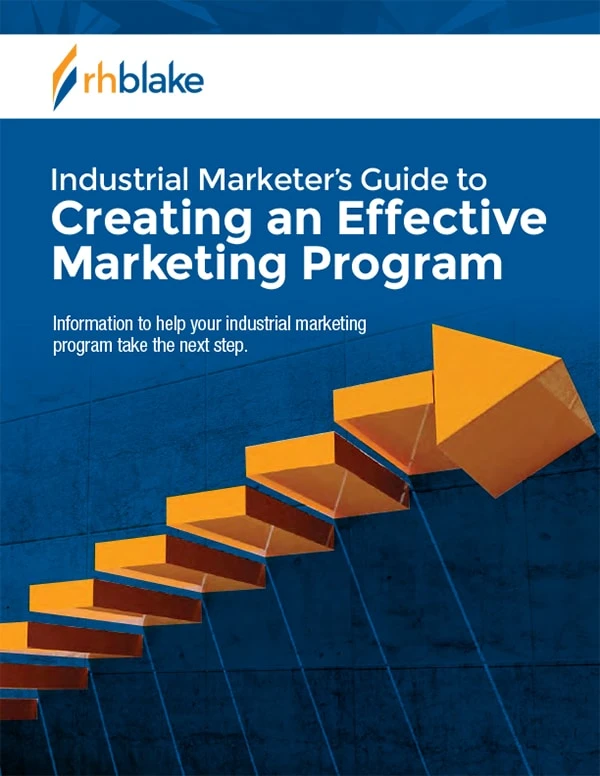
Industrial Marketer’s Guide to Creating an Effective Marketing Program
147 pages of actionable ideas to help you create a winning marketing strategy and program

Industrial Marketer’s Guide to Creating an Effective Marketing Program
147 pages of actionable ideas to help you create a winning marketing strategy and program
Related Clients



